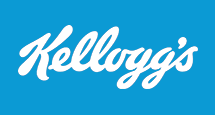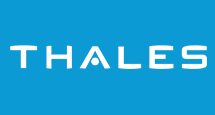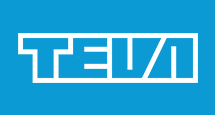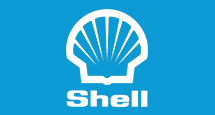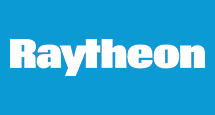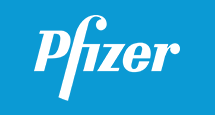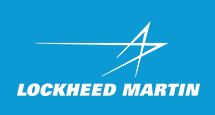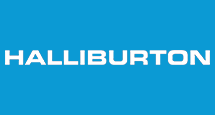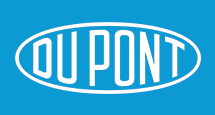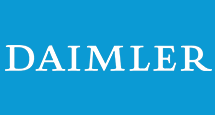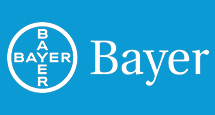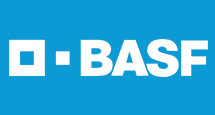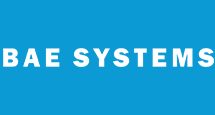“The worldwide market size of Polypropylene (PP) Compounds is anticipated to cross USD 16.8 billion in 2018 and is expected to increase from 2019 to 2029 at a CAGR of 7.1%”, says Visiongain
11 September 2019
Visiongain’s new report the Polypropylene (PP) Compounds Market Report 2019-2029: Forecasts by Product (Compounded TPO, Mineral filled PP compounds, Compounded TPV, Glass reinforced, Other PP compounds), by End Users (Building & construction, Automotive, Electrical & electronics, Textile, Others), by region and analysis of leading companies operating in this industry. The worldwide market size of Polypropylene (PP) Compounds is anticipated to cross USD 16.8 billion in 2018 and is expected to increase from 2019 to 2029 at a CAGR of 7.1%.
The worldwide market for PP compounds is the world's second biggest polymer business, contributing more than 25% of worldwide demand for polymer. The basic raw materials needed for chemical production include feedstock such as natural gas, crude oil, and other sources. Many market players have started producing raw materials on their own, fighting supply-demand imbalances and meeting crude oil price uncertainty.
Due to superior characteristics such as greater heat distortion and rigidity, mineral-filled PP compounds are anticipated to be a dominant market segment over the forecast period. In polypropylene compounds, minerals are joined together to generate greater warmth bending and unbending nature. Mica, talc, silica, calcium and glass beads are the most widely used minerals in polypropylene compounds. The increased thermal stability and mechanical firmness enhance their wide use in a few applications, such as automotive, electrical and electronics.
In 2017, Asia Pacific accounted for more than 40% of the worldwide market. Low cost manufacturing in China has resulted to an increase in the manufacturing of fresh polymers, driving the market for PP compounds to over-supply. In addition, population expansion, fast industrialization, and consumer disposable income development are some of the main socio-economic variables that support regional market growth.
Unconventional low-cost feed inventory is empowering fresh demand for capacity in North America and China, which will have a major impact on exchange and territorial intensity around the world. The rise in shale gas-determined feed inventory has spurred an unusual cost-aggressiveness dimension among North American manufacturers.
Notes for Editors
If you are interested in a more detailed overview of this report, please send an e-mail to sara.peerun@visiongain.com or call her on +44 (0) 207 336 6100.
About Visiongain
Visiongain is one of the fastest growing and most innovative independent media companies in Europe. Based in London, UK, Visiongain produces a host of business-to-business reports focusing on the automotive, aviation, chemicals, cyber, defence, energy, food & drink, materials, packaging, pharmaceutical and utilities sectors.
Visiongain publishes reports produced by analysts who are qualified experts in their field. Visiongain has firmly established itself as the first port of call for the business professional who needs independent, high-quality, original material to rely and depend on.
